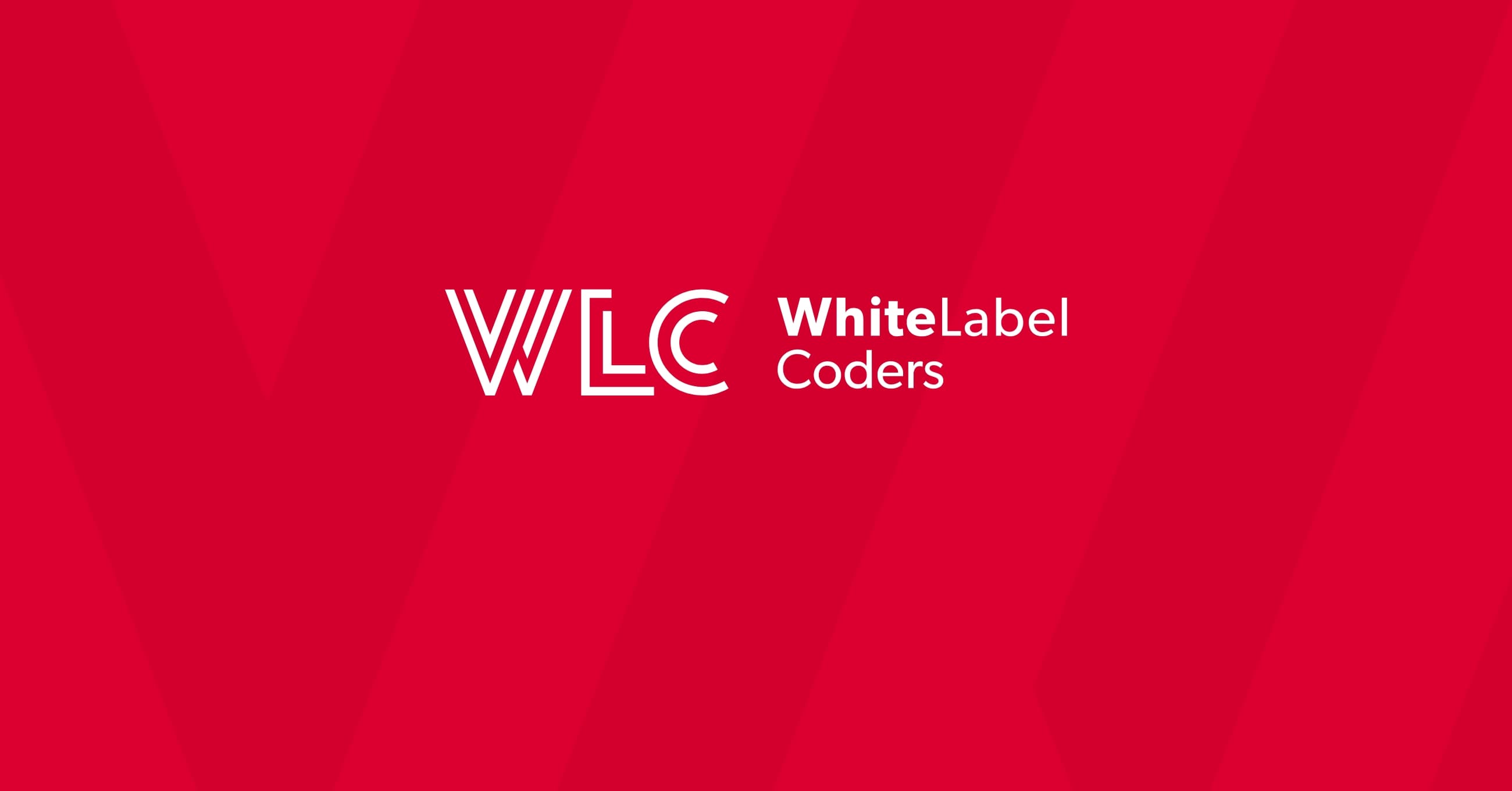Category: SEO AI
How to implement CI/CD workflows for affiliate content teams

Publishing delays can kill your affiliate revenue faster than almost anything else. When that high-converting casino bonus page sits in your development queue for days, you’re watching potential commissions slip away. Manual publishing workflows create bottlenecks that affiliate content teams know all too well, but there’s a better way forward.
CI/CD workflows transform how affiliate teams handle content deployment. Instead of waiting for developers to push every update live, you get automated systems that handle the heavy lifting. This means faster publishing, fewer errors, and content teams that can focus on what they do best rather than wrestling with technical roadblocks.
This guide walks you through implementing continuous integration and continuous deployment specifically for affiliate content operations. You’ll learn why manual processes hold teams back, what automated workflows bring to the table, and exactly how to set up systems that keep your content flowing smoothly.
Why affiliate content teams struggle with manual publishing workflows
Manual publishing creates a perfect storm of problems for affiliate operations. Every new landing page, bonus update, or operator review becomes a project that requires developer involvement. Your content team writes brilliant copy about the latest welcome bonuses, but it sits waiting for someone with server access to make it live.
Publishing delays hit your bottom line directly. Affiliate marketing moves fast, especially in competitive sectors like online casinos and sports betting. When operators launch time-sensitive promotions, you need content live immediately. Manual workflows turn what should be a quick update into a multi-day process involving handoffs, approvals, and technical implementation.
Human error multiplies when people handle repetitive tasks. Someone forgets to update the bonus percentage across all relevant pages. Another person accidentally pushes changes to the wrong environment. These mistakes don’t just create work, they damage your credibility with both users and operators.
Developer bottlenecks become the norm rather than the exception. Your technical team gets pulled into content tasks that don’t require their expertise. They spend time copying and pasting bonus information when they could be building features that actually grow your business. Meanwhile, your content team feels frustrated because they can’t control their own publishing schedule.
Inconsistent deployment practices create additional headaches. Different team members follow different processes. Some changes go through staging environments, others get pushed directly to production. This inconsistency makes it nearly impossible to track what went wrong when something breaks, and it definitely doesn’t help your SEO rankings when pages randomly go offline or load incorrectly.
What CI/CD workflows bring to affiliate content operations
Continuous integration and continuous deployment might sound like developer jargon, but these concepts solve real problems for content teams. Think of CI/CD as your content assembly line. Instead of handcrafting every update, you create systems that handle the routine work automatically.
Continuous integration means your content changes get tested automatically before they go live. When someone updates casino bonus information, the system checks that all the data displays correctly, links work properly, and pages load at acceptable speeds. You catch problems before users see them.
Continuous deployment takes this further by automatically publishing approved content. Your content team makes updates through familiar interfaces, and the system handles the technical deployment. No more waiting for developers to push changes during business hours.
Automated testing becomes your safety net. Instead of relying on manual checks, you set up systems that verify content accuracy, check for broken links, and ensure pages meet performance standards. This reduces human error while maintaining quality standards through automated testing processes.
Staging environments let you preview exactly how content will look before it goes live. Your team can review bonus pages, test different layouts, and make adjustments without affecting your production site. This eliminates the anxiety of publishing changes blindly.
Version control for content means you always know who changed what and when. If a page suddenly starts converting poorly, you can trace back through the changes and identify what might have caused the issue. You can also roll back to previous versions quickly if something goes wrong.
Time-to-market acceleration becomes your competitive advantage. While competitors wait days to publish new operator promotions, your automated systems can have content live within minutes of approval. This speed advantage directly translates to more traffic and higher commissions.
Setting up automated content deployment pipelines for affiliate sites
Building your first content deployment pipeline starts with choosing the right foundation. Git workflows provide version control that tracks every content change. Your team creates content in a familiar environment, commits changes to the system, and the pipeline handles everything from there.
Automated testing frameworks catch issues before they reach users. Set up tests that verify bonus amounts match operator feeds, check that all images load correctly, and ensure pages meet Core Web Vitals requirements. These tests run automatically whenever content changes, giving you confidence in every deployment.
Deployment platforms connect your content creation tools to your live website. When someone approves content in your staging environment, the platform automatically pushes those changes to production. Popular options include GitHub Actions, GitLab CI/CD, and Jenkins, each offering different levels of complexity and control.
Staging environments mirror your production setup but remain completely separate. Content teams can experiment freely, knowing their changes won’t affect live pages until they’re ready. This environment should include the same plugins, themes, and configurations as your production site to ensure accurate testing.
Content approval processes maintain quality while enabling speed. Set up workflows where content creators can publish directly to staging, but production deployments require approval from senior team members. This balance gives teams autonomy while maintaining oversight on public-facing content.
Rollback procedures provide peace of mind when things go wrong. Your pipeline should automatically create backups before each deployment and offer one-click rollback to previous versions. When you discover an issue with newly published content, you can revert to the working version immediately while you fix the problem.
Integrating data feeds and API updates into your CI/CD workflow
Affiliate sites depend on constantly changing data from operators, bonus aggregators, and odds providers. Manual updates of this information consume enormous amounts of time and create opportunities for errors. Automated data synchronization through your CI/CD pipeline eliminates both problems.
API integration strategies vary depending on your data sources. Some operators provide real-time APIs that push updates automatically. Others offer scheduled data dumps that you need to process periodically. Your pipeline should handle both scenarios, updating content immediately when possible and scheduling batch updates for other sources.
Automated data validation prevents bad information from reaching your users. Set up checks that verify bonus amounts fall within reasonable ranges, ensure operator information matches expected formats, and flag unusual changes for manual review. These validations run automatically as part of your deployment process.
Scheduled content updates keep your affiliate pages current without manual intervention. Your system can automatically refresh casino bonus lists every hour, update sports betting odds every few minutes, and sync operator reviews daily. Users always see current information, and you maintain credibility with both audiences and search engines.
Data consistency across multiple pages becomes manageable through centralized systems. Instead of updating the same operator information across dozens of comparison pages, you maintain a single database that feeds all relevant content. When an operator changes their welcome bonus, that update appears everywhere automatically.
Maintaining consistency across subdomains and different language versions requires careful planning. Your data pipeline should understand relationships between different versions of content and update them simultaneously. This ensures users get consistent information whether they visit your main domain or country-specific variations.
Implementing CI/CD workflows transforms affiliate content operations from reactive to proactive. Your team gains control over publishing schedules, reduces errors through automation, and creates systems that scale with your business growth. When working with outsourcing teams, these workflows become even more critical for maintaining quality and consistency. Proper project management practices combined with code review processes ensure your automated systems deliver reliable results while enabling affiliate teams to focus on strategy and content quality rather than technical bottlenecks.

